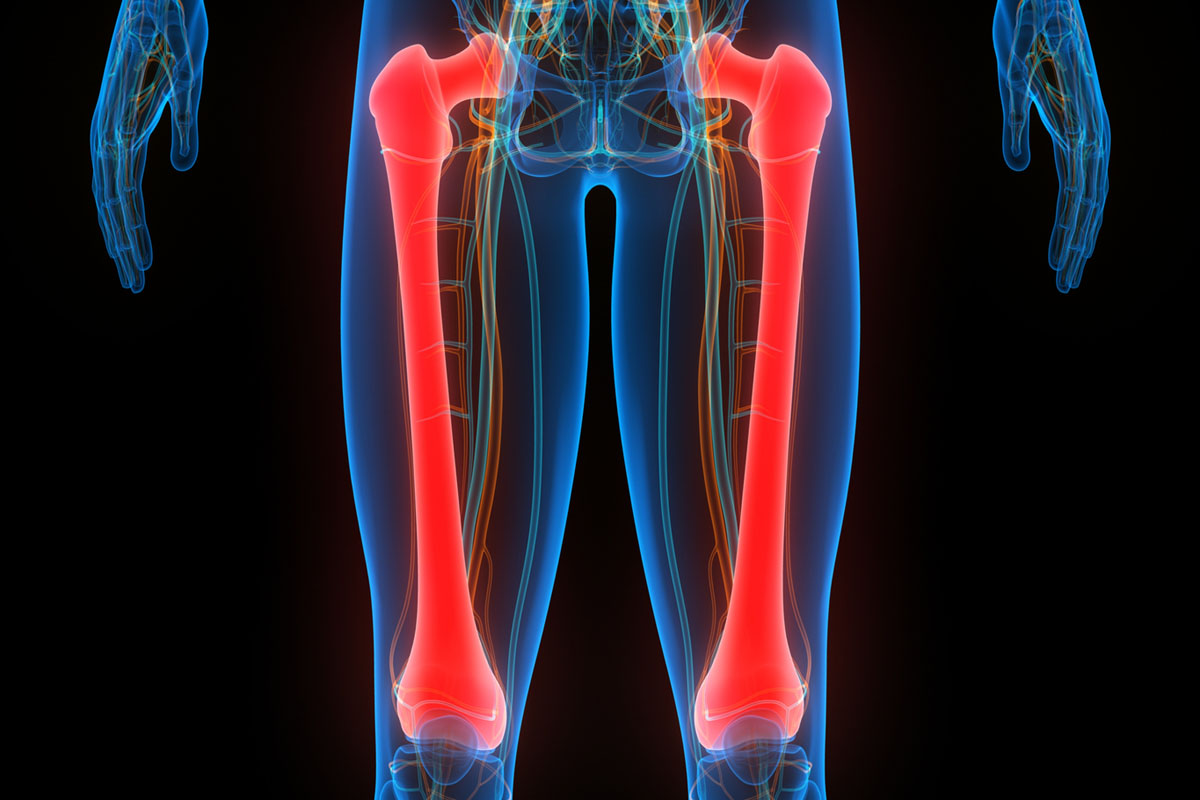Two fire incidents reported in Delhi, none injured
Fire officials confirmed that no injuries were reported in both incidents.
Osteomyelitis affects about 2 out of every 10,000 people and can cause necrosis (loss of blood supply) to the affected bone and bone tissue death by disrupting the flow of blood to the affected area.

representational image Photo: iStock
Doctors of Delhi have successfully a case of bone transplantation where a mother donated her bone to help her daughter to walk again. When 12-year-old Kashish from Bihar had a trauma in school on her thigh bone (the longest and strongest bone in human body), little did she or her family imagine of acquiring a blood-borne infection of the bone and becoming immobile after that.
However, doctors at performed a 2-stage surgery, to cure osteomyelitis (a rare but serious infection of the bone) and reconstructed her femur shaft by using her mother’s calf bone (fibula graft).
Doctors say that 5 weeks after her trauma, she was diagnosed with chronic osteomyelitis acquired during the surgery of the right femur following which she complained of pain and swelling of right thigh along with fever. Her parents contacted their relative in Delhi who sought opinion with doctor and was admitted into the hospital on 16 August 2021.
Advertisement
Dr Aashish Chaudhry, Director – Orthopaedics, Joint Replacement & Spine Surgery, Aakash Healthcare, Dwarka, who led the complex surgery, says, “She was brought just in time as osteomyelitis is a rare but serious infection that affects about 2 out of every 10,000 people.
If left untreated, it can become chronic and cause sepsis, necrosis (loss of blood supply) to the affected bone and bone tissue death by disrupting the flow of blood to the affected area which could be life-threatening. Our biggest challenge was to control the 15 cm infection of a body part which is the longest human bone.
Kashish’s condition required an open reduction and internal fixation (ORIF) of the femur as it is a definitive procedure that facilitates early mobilisation and reduces risk of further infection – other conservative treatment would have required intensive medical care and prolonged bed rest. Hence, her movement would have remained restricted for a longer duration which is not conducive for a child of her age.
Besides, such treatments, including debridement (the medical removal of dead, damaged, or infected tissue to improve the healing potential of the remaining healthy tissue) and saucerisation (surgical removal of tissue from a wound to form a saucer-like depression), would have had high chances of recurring chronic osteomyelitis with resultant multiple surgeries and disability. She was discharged after satisfactory recovery after 4 days. She can resume her normal outdoor activities by 1 to 1.5 years.”
Doctors say Kashish’s mother, Khushboo (age 32), was the best donor as she was the closest relative with minimal chances of histogenetic incompatibility leading to complications, thereby, reducing the chances of the child’s body rejecting the implant.
Khushboo, who donated 15-cm from her calf bone, is relieved that her daughter will be able to go back to school and can become just the child that she was. “We were very anxious when her injury site continued to swell even after the operation. Thanks to the doctors of Aakash Healthcare, we are happy that Kashish can grow up having a normal life,” *she (patient’s mother) says*.
“I am very happy that I’ll be able to walk and run normally and I thank the doctors of Aakash Healthcare for curing me and taking care of all that I needed here,” Kashish says.
Osteomyelitis affects about 2 out of every 10,000 people and can cause necrosis (loss of blood supply) to the affected bone and bone tissue death by disrupting the flow of blood to the affected area.
Advertisement